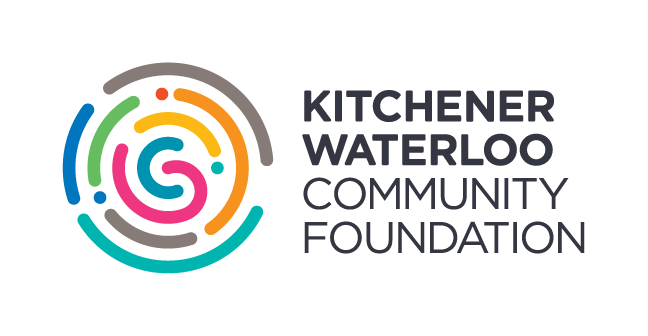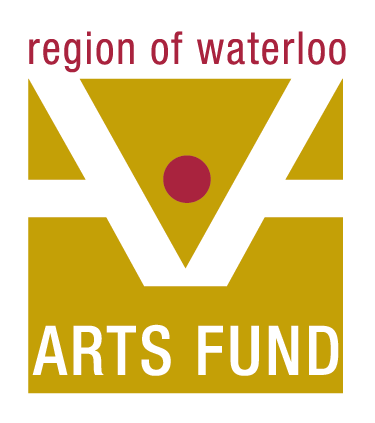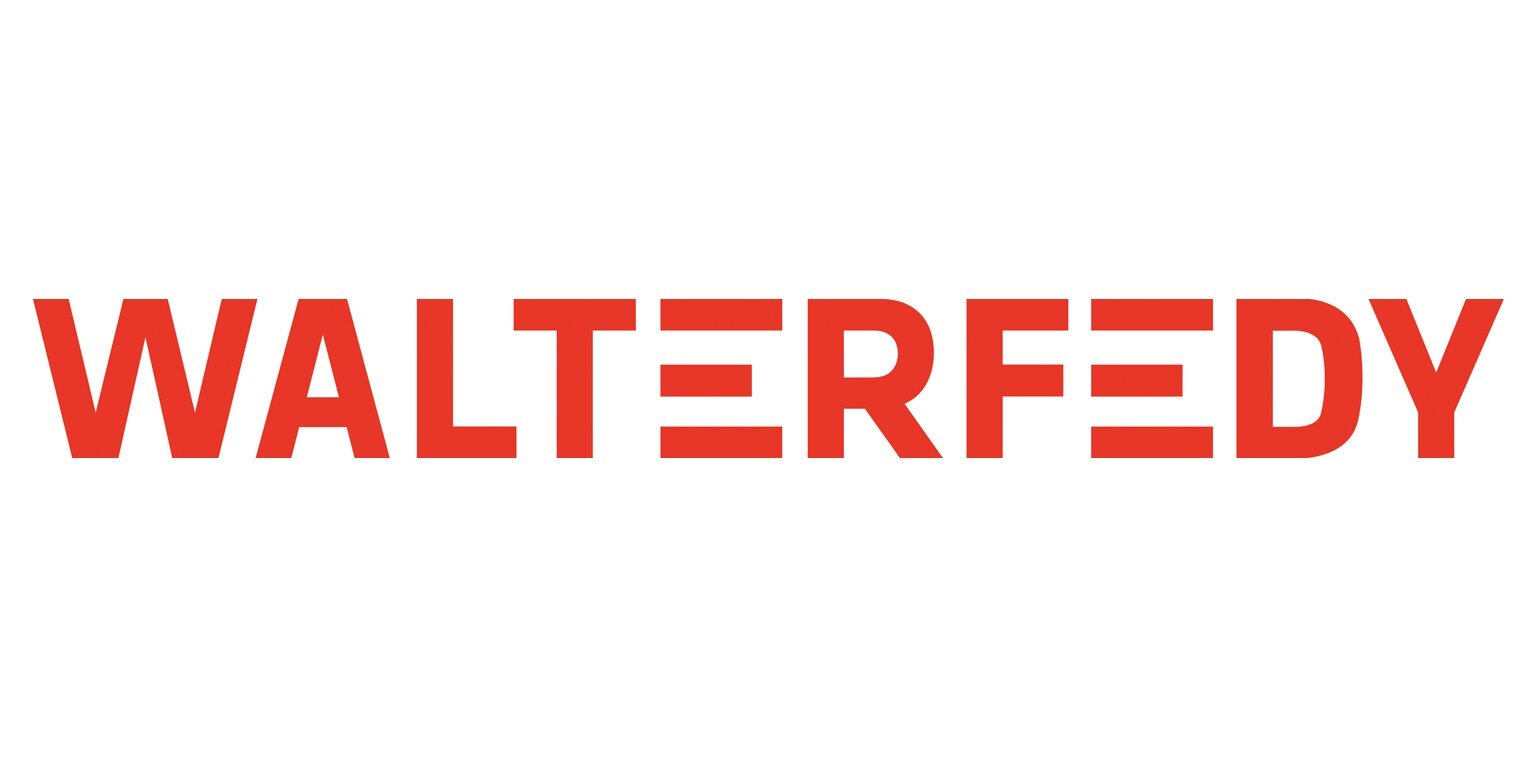Art in Fundraising
Artists frequently receive requests to donate works to be auctioned, sold, or raffled for the benefit of a good cause. Artists are respectful of the critical role fundraisers play in sustaining community-oriented institutions and are some of the most socially conscious and generous people in our community. They are also some of the lowest income earners, by a wide margin.
Many of the practices involved are in fundraisers are not conducive to a supportive and professional environment for artists. (Myths & Best Practices) The common practice of selling work at extreme bargains at charitable fundraisers creates an artificial parallel commercial market in the sense that many individuals do not buy artwork at true market value, undermining the 'fair' market for art and perpetuating public misconceptions about value.
Undermining the market value of an artist's work not only sets unrealistic expectations for the price of this and other art work, but it also negatively impacts on the professional nature of artistic creation and appreciation. Many artists can only afford to donate older work, not their best work, or work no longer representative of their style.
Some galleries across the country now refuse to include solicited art donations in their fundraising efforts for the above reasons. Clearly, it's time to rethink how artists, arts organizations, and non-arts charities approach arts-based fundraisers, so that they can develop into something that is more sustainable for fundraisers and fair to artists. Equitable models do exist!
For more information on problems with soliciting art donations and solutions, refer to the "Saskatchewan Use of Artists' Work for Fundraising Purposes". From the Guelph Arts Council comes this article, "There's got to be a better way (or 10) to raise money with art".
Generally speaking...
Success when making changes to existing models will be positively influenced if this information is shared in advance with rationale.
Including artist compensation in fundraising permits the host to take on a different role, to be more selective about artwork to be included and returned. Traditionally if an artist offers or is solicited to donate work, the host feels obliged to see it purchased and not returned. Unsold artwork returned to the artist has real value in providing important feedback to that artist on marketability and pricing of their work.
Value and minimum bid should be set by the artist donor. Work should be properly displayed along with artist contact information (ie. business cards and artist statements so the 'exposure' has value).
Fundraising approaches structured to permit the individual artist to choose a donation range are well regarded. Artist donors come from different income brackets and life circumstances, may have a different relationship with the host, and some artwork may be 'less costly' to donate, such as one copy from a limited edition compared to an original painting.
Models for Varied Situations
- A percent return from the full value sale goes to both the charity host and the artist donor. Models vary, moving towards a 50/50 commercial gallery split. Some organizations offer participating artists three options. The artist may choose to donate 100%, 70%, or 50% of the sale proceeds to the organization.
- The minimum bid is set by the artist. The artist receives a percent of the final auction bid (ie. 70-80% and the rest is a receipted charitable donation made by the artists (ie. 30% going to the host).
- Minimum bid, set by the artist, goes to the artist and everything above that goes to the host.
- The host 'charges' an additional percent commission on all art sales at check-out and the artist receives the successful bid on the work.
- In the "Time Raiser Model", a sponsor purchases the art at full price, funds which the artist receives. The sponsor receives a full value tax receipt when giving it back to the host, who then puts up the work for auction at their fundraising event for guests promising voluntary hours or payment. www.timeraiser.ca
- In the "Gift Certificate Model", the artist's work is displayed with full price, guests bid on a gift certificate donated by the artist for use towards the purchase of that work, or another work by that artist. The fundraiser receives all bids. The artist receives a tax credit for the gift certificate donation when the certificate is used and the remainder of the purchase payment.
- In the "Rent to Own Model", gala guests pay a non-optional fee - part of the gala ticket - which entitles them to select original artwork on display at the gala to take away and enjoy for a specified period of time (e.g. 3-6 months). The full value of the artwork is posted. A lottery approach, drawing numbers at the gala could establish a fair order of selection. The fee, established in advance with artists, is fundraising for the host and a donation by the artist who receives a tax receipt. The guest leaves a post-dated personal cheque or credit card slip for the remaining value of the piece with the host. At the end of that time period, the guest may purchase or return the work to the fundraiser and take back their cheque. The artist is either paid or receives the artwork back, or may choose to donate all proceeds of the sale. The fundraiser knows how much revenue will be generated by ticket sales. Guests who may not normally purchase art are still contributing to the fundraising.
- Gallery membership plus $1 lets a member select a piece for a year, which they can rent to own for $50 a month. This includes a profit for the gallery.
- Please share your own solutions with Art$Pay!


















